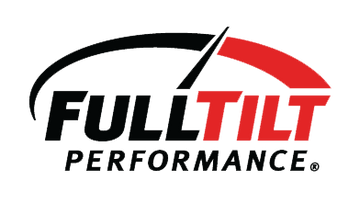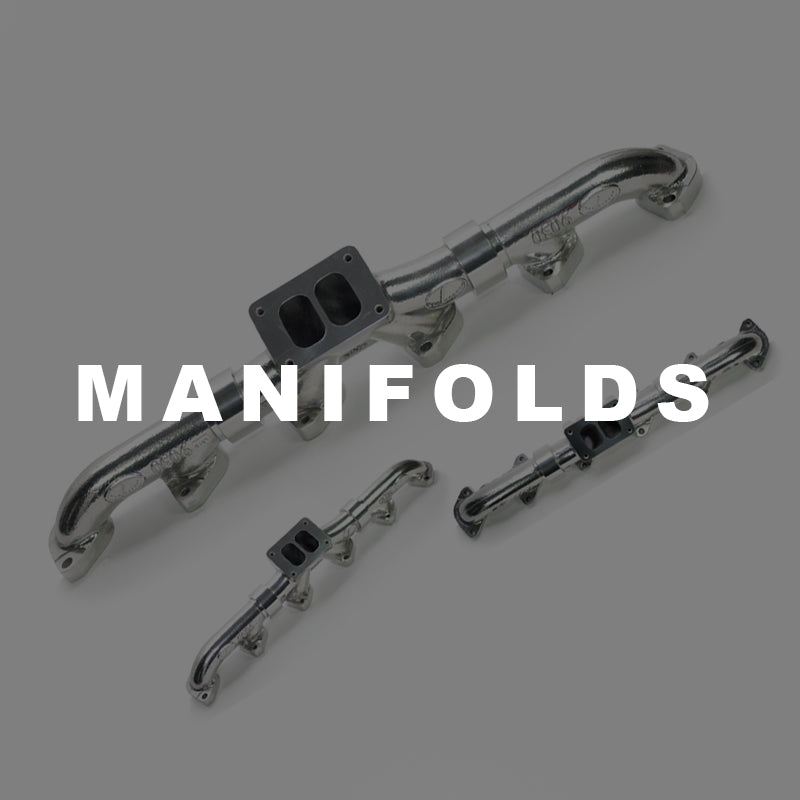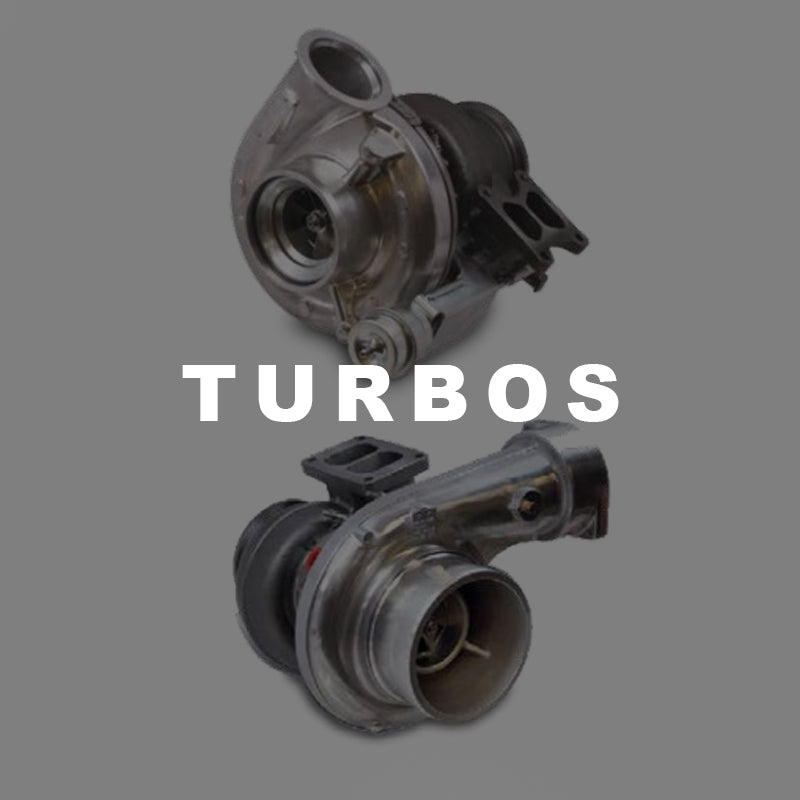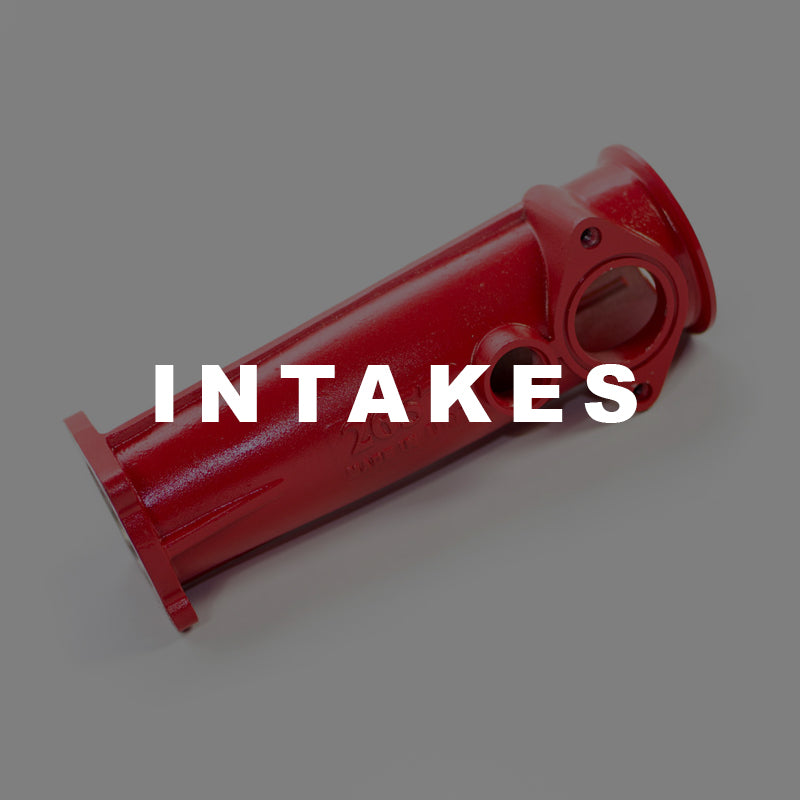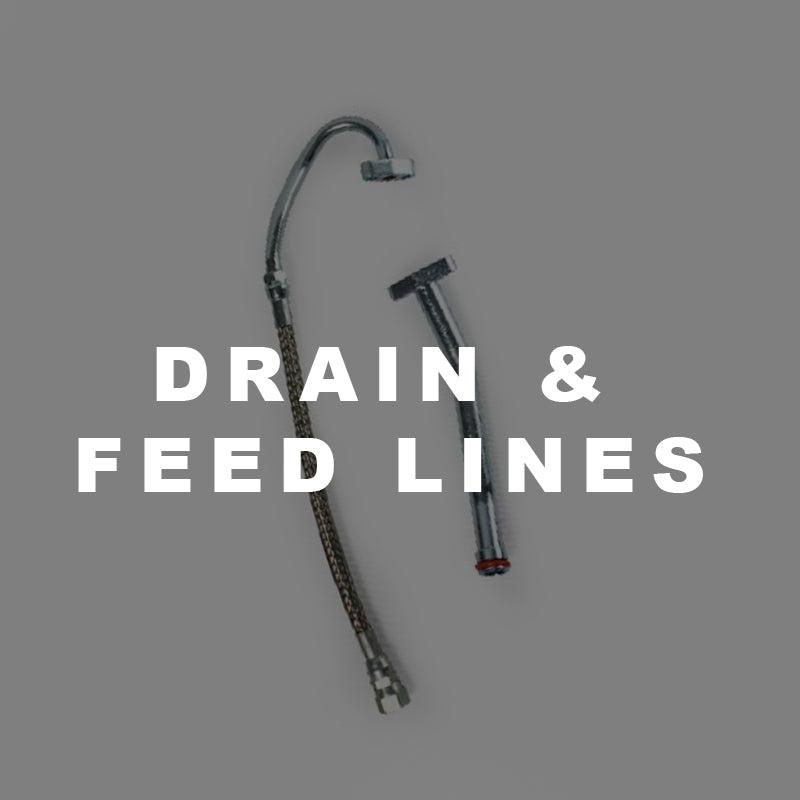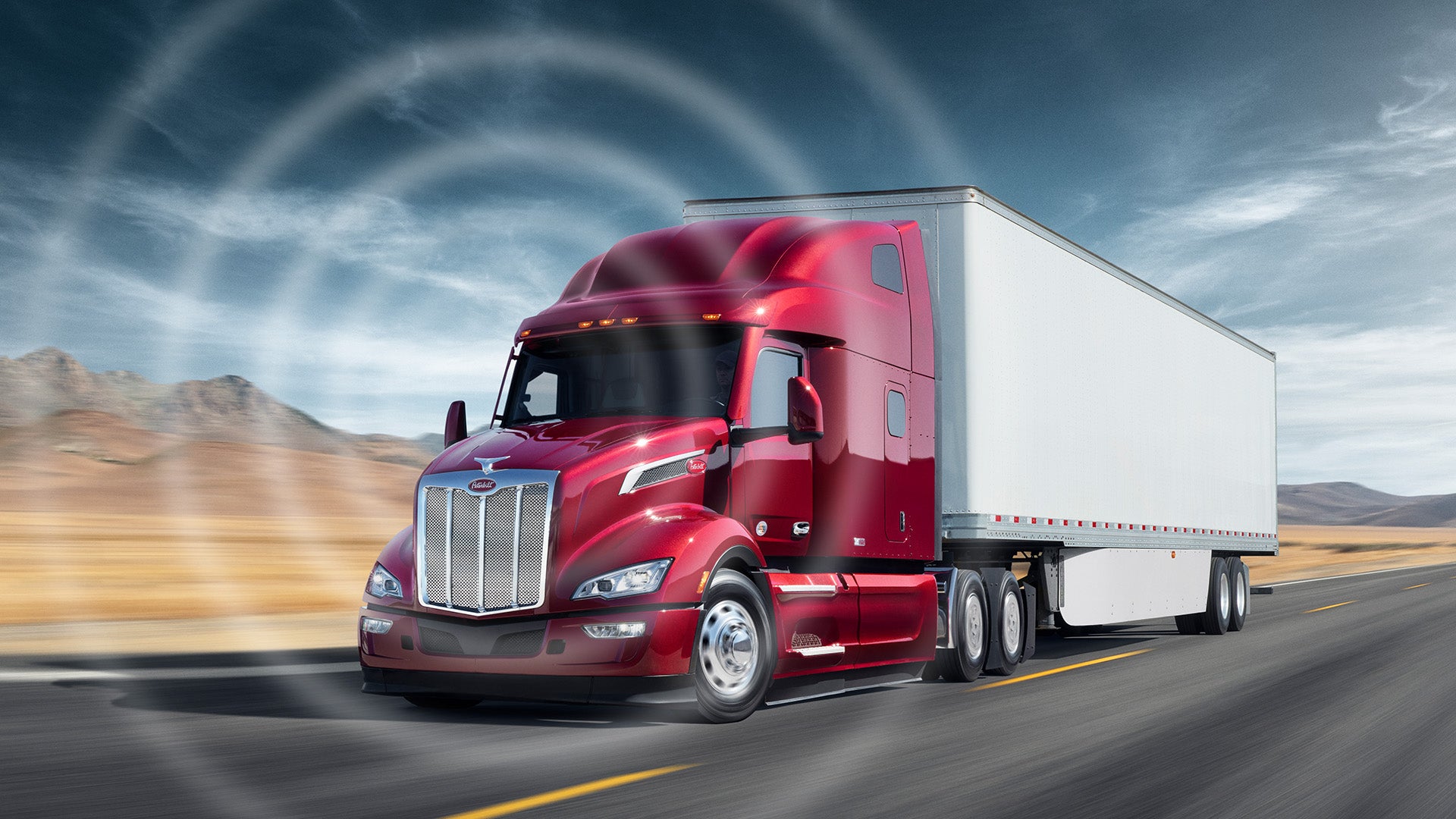Matching the right turbocharger to your engine means understanding the horsepower to airflow ratio. Find out which turbocharger is best with this calculator.
As many as 20% of the gasoline and 23% of the diesel engines on the road use a turbocharger. These days turbochargers aren’t just for boosting horsepower.
Vehicle manufacturers are also using them to produce cars that get better gas mileage. Are you thinking about adding a turbo to your engine?
You can’t just throw any turbocharger you want on there. You need to use a turbo calculator to make sure you install the right one. Keep reading for a guide to help you find the right turbo for your vehicle.
What Is a Turbocharger?
A turbocharger is a turbine that uses your engine’s exhaust gases to compress and force air into the combustion chamber. The more air in the cylinder means more fuel can also get added.
The more fuel and air in the cylinder means the bigger combustion and the more power get produced. This significantly improves your vehicle’s weight to power ratio.
Turbo can be used for more than just increasing the horsepower of your vehicle though. Vehicle manufacturers use a turbo on a smaller engine to improve the fuel economy of a car without losing power.
A smaller engine is going to be more fuel efficient than a larger engine. The added turbo allows the smaller engine to produce the same amount of power as a larger engine.
Set a Realistic Goal
If your engine currently produces 200 horsepower, you would probably love to boost it to 600 horsepower. However, this is a bit unrealistic.
You can realistically expect to get about 50% more horsepower by adding a turbo to your engine. While you could get the 300% increase of 200 to 600, you would need a lot more modifications than a turbo. You would also need to fine-tune all of the modifications so they work together.
Choose the Right One
To choose the right turbo, start by deciding what your goal horsepower range is. Be realistic about this goal. It is a terrible idea to buy the biggest turbo you can find blindly.
To figure out your ideal goal horsepower range consider these factors:
- What is your car primarily used for?
- How much traction can you achieve?
- What can your engine and driveline handle?
There are turbos designed to achieve different goals. Some will improve your engine response time.
Others will increase economy. Then some turbos are purely for producing outright performance.
Do Some Calculations
You can use an online calculator or do some manual math. You need to calculate the amount of air your engine uses at a particular boost pressure. Start by finding out these figures:
- Engine RPM
- Engine size
- Volumetric efficiency
- Boost pressure
What you will end up with is a pressure ratio and three figures pertaining to the amount of air.
- Amount of air in CFM
- Amount of air in lbs./min
- Amount of air in m3/min
These are the revolutions per minute of the crankshaft that connects to the piston rods. This tells you how many times the pistons go up and down in the cylinder.
This is a measurement that tells you the displacement of the engine. It is usually measured in liters or cubic centimeters. You can look up your engine size by your vehicle VIN number.
The VIN is a unique identifying number that is located on the bottom corner of your windshield. Count eight digits from the left and this is the code for your engine.
This measurement is the ratio of the mass density of the air and fuel mixture that goes into the cylinder and the mass density of that same volume of air going into the intake manifold.
What this ratio tells you is how efficient your engine is at moving the charge of fuel through the cylinders. Any flow restrictions in your intake system will cause the pressure to drop.
This reduces the density of the air going into the cylinder. The turbo you want to put on your car’s engine will combat this by forcing extra air into the chamber.
This is the increased positive pressure applied to your engine by a turbo. Larger turbos will produce more airflow. They do this at a lower boost level and have a longer lag time to performance.
Small turbos will have less lag time. But they will have to run a higher boost level to achieve the same airflow as the larger turbo.
Why Turbo Matching Matters
If you decide to choose a turbo outside of your engine’s efficiency range, you risk damaging your turbo and engine. While it is ok for a turbo to glow occasionally, you don’t want it to glow nonstop.
By forcing your turbo to run outside of its efficiency, you will cause it to burn out quickly. On top of that, you will force superheated air into your combustion chambers.
This is counterproductive to your efforts to increase horsepower, like that cold air intake you installed. It also puts you at risk of destroying your motor. The superheated air will require the intercooler to work harder.
If the intercooler can’t keep up, then the heat builds and destroys your motor.
Use a Turbo Calculator and Find a Turbo for your Vehicle
You are now ready to calculate the turbo that you can put on your truck. Start by finding out what kind of horsepower your truck currently produces.
Then decide what your horsepower goal is. Now you can use a turbo calculator to figure out what turbo is perfect for helping you meet your goals.
Browse our shop and find the right turbo for your truck today
